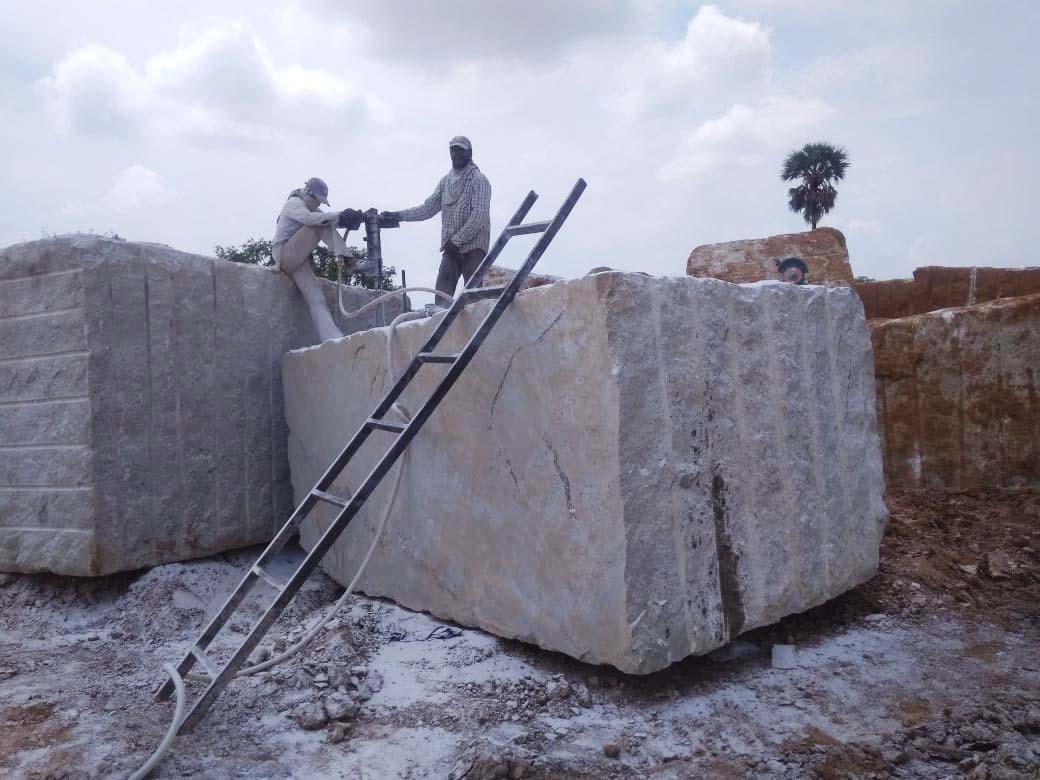Checking Out Granite Quarries in South Africa: A Comprehensive Overview
Checking Out Granite Quarries in South Africa: A Comprehensive Overview
Blog Article
Uncovering the Rich History and Lasting Practices of Granite Quarrying
As we base on the precipice of revealing the elaborate tapestry of granite quarrying, a trip through time exposes not simply the physical act of drawing out rock but likewise the cultural and historic significance woven right into the very fabric of this technique. From the old beginnings that laid the structure for contemporary quarrying techniques to the sustainable methods that are shaping the future of this industry, each chisel mark on granite surface areas narrates waiting to be unearthed (granite quarries in south africa). The heritage of granite quarrying stretches much beyond mere removal; it is a testament to human ingenuity, resilience, and the enduring attraction of this marvelous rock
Ancient Beginnings of Granite Quarrying
Dating back to ancient worlds, the method of quarrying granite has been an essential part of human history and architectural advancement. The earliest evidence of granite quarrying dates back to old Egypt, where huge pyramids and detailed sculptures were crafted from this long lasting stone. The Egyptians made use of primitive devices to extract granite blocks from quarries, showcasing the relevance of this product in their huge constructions.
Progressing in history, the Greeks also made significant contributions to the quarrying of granite. The Greeks used granite in various architectural wonders, such as holy places and statuaries, showing their ability in shaping and carving this sturdy stone. The Romans even more refined the techniques of quarrying granite, employing advanced devices like knives and hammers to essence and shape granite for their iconic structures.
With the centuries, the practice of quarrying granite has actually evolved, with contemporary technologies enhancing performance while keeping the ageless appeal of this all-natural rock - granite quarries in south africa. From ancient human beings to modern contractors, the legacy of granite quarrying proceeds to form our world
Evolution of Quarrying Strategies
The evolution of quarrying strategies has been marked by a continual progression in the direction of greater effectiveness and accuracy in drawing out granite. Early quarrying strategies involved hands-on labor with standard tools such as blades, hammers, and wedges to remove granite blocks from the earth.
In even more current times, the advent of equipment revolutionized the quarrying market, making it possible for faster extraction prices and raised productivity. Technologies such as diamond cord saws, high-pressure water jets, and pneumatically-driven drills have ended up being standard in modern-day quarries, enabling for specific cutting and lowered waste. Improvements in computer-controlled equipment and 3D modeling have actually maximized quarrying operations, leading to very little environmental effect and enhanced sustainability techniques. As the demand for granite continues to rise, the evolution of quarrying methods stays important to conference sector requires successfully and sustainably.
Cultural Significance of Granite
Granite holds a profound social value throughout different worlds due to its enduring visibility in building masterpieces and revered monoliths. From the majestic pyramids of Egypt to the detailed makings of the Angkor Wat temple in Cambodia, granite has been a product of option for expressing grandeur and long life in cultural heritage. In ancient Rome, granite columns embellished temples and public buildings, signifying toughness and permanence. The social relevance of granite prolongs past its physical qualities; it symbolizes strength, security, and timelessness, making it an icon this hyperlink of withstanding legacies and practices.

Sustainable Practices in Quarrying
Among the abundant history of granite quarrying and its social relevance lies an expanding emphasis on lasting methods within the market. As environmental understanding and worries about resource depletion have actually heightened around the world, the quarrying sector has actually progressively accepted sustainable techniques to decrease its influence on the setting and surrounding neighborhoods.

Additionally, improvement and rehab of quarry sites post-extraction are essential to sustainable visit our website practices. By restoring quarried locations to a natural or useful state, such as producing wild animals environments or recreational rooms, quarriers can offset the environmental footprint of their operations and add positively to the neighborhood environment.
Tradition of Granite Quarrying
With a historic background soaked in workmanship and commercial development, what withstanding impact has granite quarrying left on the landscape of modern-day culture? The tradition of granite quarrying transcends plain removal practices; it has actually shaped architectural wonders, metropolitan landscapes, and cultural heritage worldwide. The durable nature of granite has actually made it a favored choice for monoliths, buildings, and infrastructure, standing as a testimony to the skill and virtuosity of quarry employees throughout generations.
Furthermore, the economic footprint of granite quarrying can not be neglected. The market proceeds to provide employment possibility and drive local economies in areas where granite removal is common. It has actually likewise stimulated technical advancements in quarrying strategies and equipment, bring about a lot more efficient and sustainable techniques.
In regards to sustainability, the legacy of granite quarrying includes initiatives to minimize environmental effects via reclamation projects and accountable source monitoring. By balancing economic rate of interests with ecological stewardship, the sector strives to guarantee that future generations can proceed to take advantage of this long-lasting natural deposit.
Final Thought

Report this page